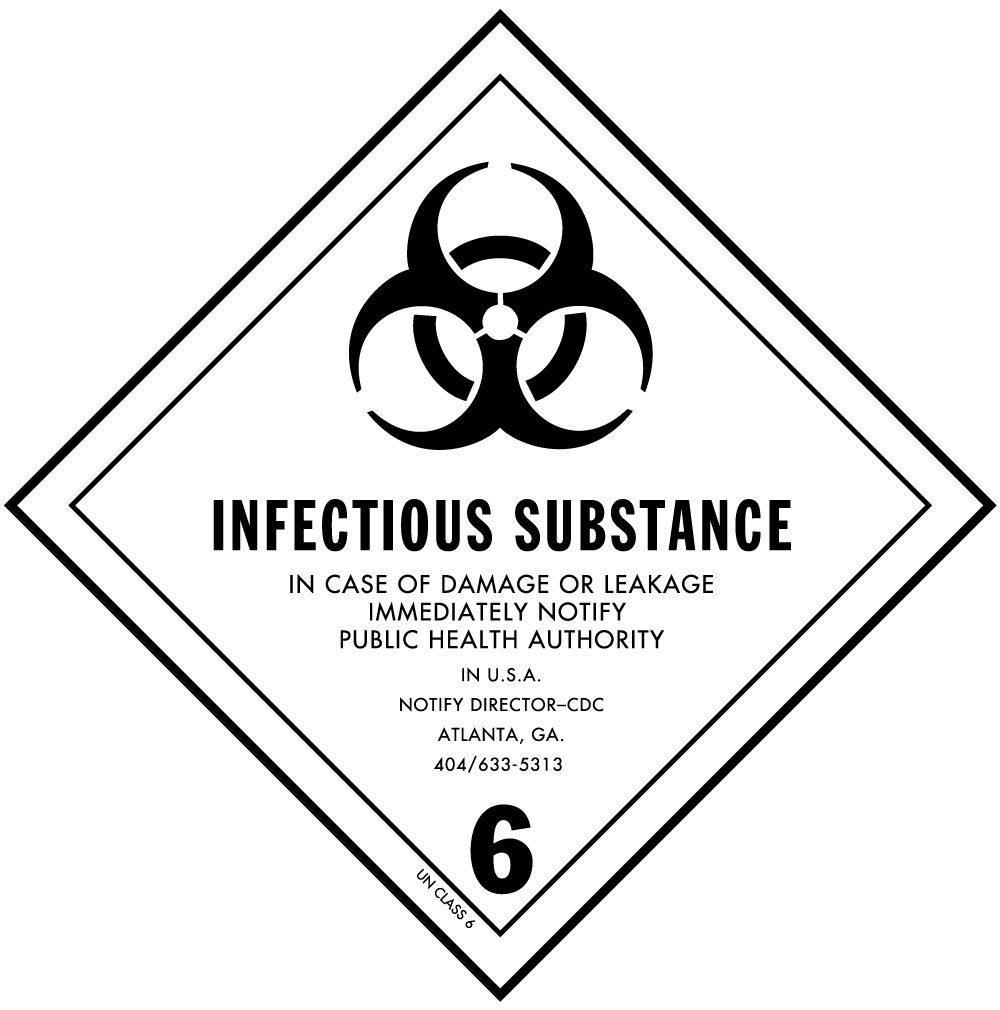
Companies or institutions that generate, accumulate or ship any type of hazardous waste are required to properly label the containers holding the material with hazardous waste stickers to inform and protect handlers from the hazardous material.
Both the Environmental Protection Agency (EPA) and Department of Transportation (DOT) have special regulations that govern the storage, disposal and transportation of hazardous waste. Each agency mandates the labeling or marking of tanks, barrels, or any kind of container used for hazardous waste with stickers that correctly identify the presence of hazardous materials.
Why Are Hazardous Waste Stickers Important?
Hazardous waste can pose serious threats to the health and welfare of employees, waste handlers, communities, and the environment. Stickers are essential tools that warn and protect people from dangerous contaminants which could otherwise bring harm to themselves or others. Without proper stickers identifying a hazardous material inside a container, individuals could be exposed to corrosive substances, toxic fumes or ignitable gasses without knowing it until they become sick, suffer catastrophic side effects or become disabled. The consequences can be disastrous—not just for the handlers but anyone in the vicinity and the immediate environment. Businesses found liable for negligence cannot undo irreparable harm they have caused communities.
There are stickers for every type of hazardous waste the EPA has classified, and it is extensive. Those wastes listed by the EPA derive from common manufacturing and industrial processes, specific industries and can be generated from discarded commercial products. Though there is a lengthy list of hazardous wastes, what makes waste hazardous compared to other types of waste is due to certain properties that the material may hold.
A material deemed hazardous must have one or more of these four characteristics:
- Ignitability is a characteristic that is flammable. These are liquids that emit fumes with a flash point, spontaneous combustible solids, or compressed gases or oxidizers.
- Corrosivity, or those types of corrosive liquid substances like battery acids and rust removers, or nitric or sulfuric acids that can eat through some types of containers.
- Reactivity is a characteristic that defines reactive wastes—material that is unstable, with explosive toxicity or violent reaction when mixed, or something poisonous.
- Toxicity includes poisonous materials that pose immediate and long-term threats to human health and to the environment. There are 60 contaminants on the toxicity characteristics list.
Waste Sticker Requirements
Any company or business that generates waste with any of the four characteristic properties must legally label the waste. To ensure against violations, here’s what companies and institutions need to know about hazardous waste label requirements.
Stickers need detailed information
More than simply applying generic “hazardous waste” stickers, more thorough hazardous waste label stickers need to be applied. Additional pieces of information must be included on a hazardous waste label to fully inform the handlers. It should be labeled when the hazardous waste is first placed in the container.
The information included on hazardous waste stickers should alert handlers to the composition, physical state and identification of the waste, the hazardous properties of the waste, where it came from, i.e., the name and address of the generator, and that generator’s EPA identification number. It should include the date of the initial accumulation of the waste, too, and the manifest tracking number. For large quantity generators waste is only permitted to be held in a container for 90 days. If the label is for “recurring use” for accumulation of the same waste stream, initial accumulation dates must be updated on the sticker when the containers are emptied.
Employees and handlers should be properly trained
Companies and institutions should have a system in place to consistently fill out the hazardous waste stickers. All waste handlers should be properly trained in filling out labels correctly. Printed, prepared labels versus handwritten labels can prevent transcription errors. Avoid abbreviations to prevent misunderstandings or errors about the type of waste inside a container.
Stickers must be placed in clearly visible locations on the container for easy reading
DOT requires labels be placed where they can be easily read in their entirety. Old labels must be removed when reusing containers. Older markings or stickers must be blackened or completely washed off. When multiple labels are used they must be placed 6 inches apart, with the primary hazard sticker above and to the left of any subsidiary hazardous waste label.
Contact the Hazardous Waste Professionals at MLI Environmental
Displaying hazardous waste stickers on containers is more than just being in compliance with regulations
Following local, state, and federal guidelines avoids costly fines and, more importantly, prevents any chance of individuals being harmed. It is the responsibility of every generator to be in compliance with hazardous waste disposal and storage regulations. To avoid hazardous waste storage liability, contact our team at MLI Environmental. Our certified hazardous waste disposal professionals will ensure that all hazardous waste generated on your premises are correctly labeled and meet all regulatory requirements.
